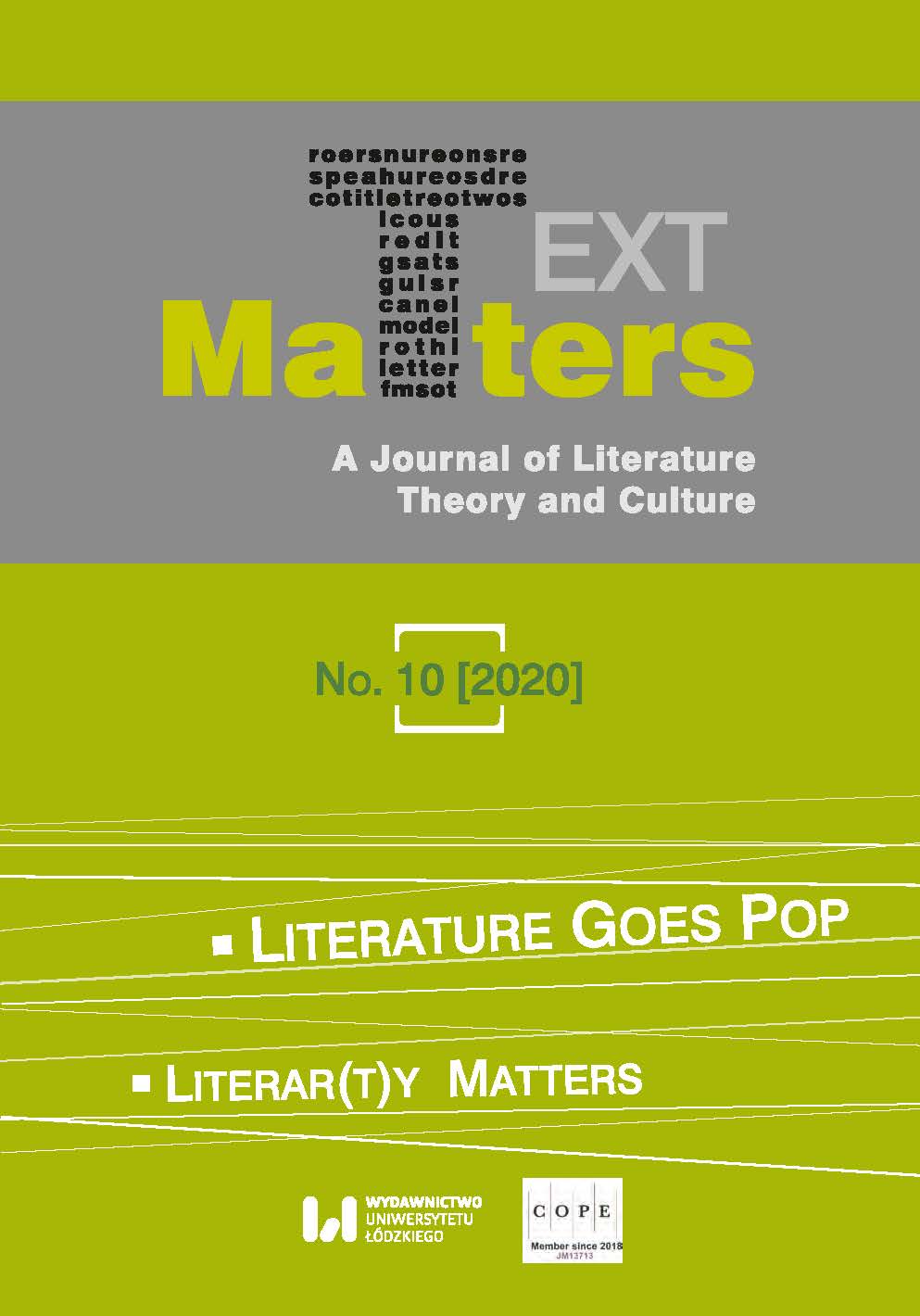Dalí, Disney and Destino: Alchemy in Animation
Dalí, Disney and Destino: Alchemy in Animation
Author(s): David AllenSubject(s): Media studies, Studies of Literature
Published by: Wydawnictwo Uniwersytetu Łódzkiego
Keywords: Gala; surrealism; paranoiac-critical method; Jung; Eisenstein; Breton
Summary/Abstract: Salvador Dalí claimed that he made his whole life “a work of alchemy.” He saw in alchemy the principle of metamorphosis and “the transmutation of bodies.” Carl Jung recognized “imaginatio” as the key to alchemy. As Patrick Harpur suggests: “The Work takes place in a realm intermediate between mind and matter. It is a daimonic process, a ‘chemical theatre’ in which processes and psychic transformations interpenetrate.” The alchemist does not simply work on matter, but on the self. In Dalí’s “paranoiac-critical method,” objects similarly seem to exist in an “intermediate realm between mind and matter”; they are animated presences, with a life of their own. The Dalínean double-image is itself a kind of alchemical magic, invoking the “transmutation of bodies.” In 1946, Dalí began work for the Walt Disney Company on a short film, Destino. This would be, he claimed, the “First Surrealist Cartoon.” The appeal of animation for him may have been based in part in what Eisenstein termed “plasmaticness”: the “ability to dynamically assume any form.” Animation, then, may be seen as a kind of “chemical theatre.” As a “realm between mind and matter,” it also functioned for Dalí as a form of mundus imaginalis, in which he could engage with the “obsessing” images in his psyche. In Destino, Dalí invoked the alchemical process as a journey to tranfiguration and psychological “rebirth.” The film was not completed in his lifetime; this account is based on the original storyboards which he produced.
Journal: Text Matters: A Journal of Literature, Theory and Culture
- Issue Year: 2020
- Issue No: 10
- Page Range: 49-66
- Page Count: 18
- Language: English

